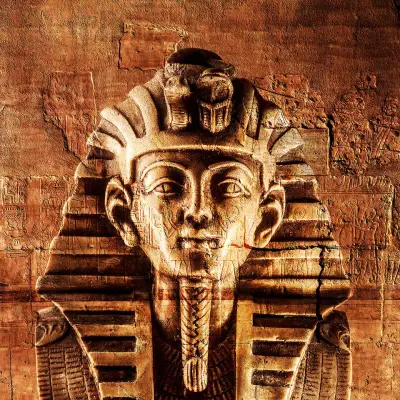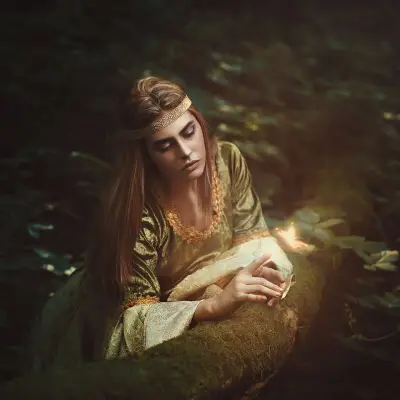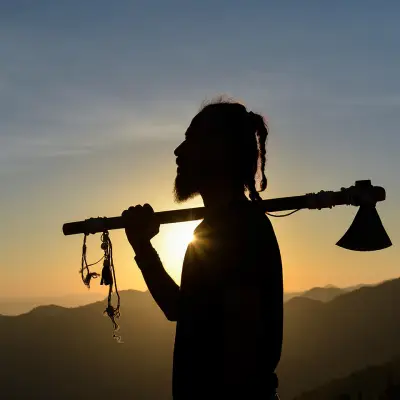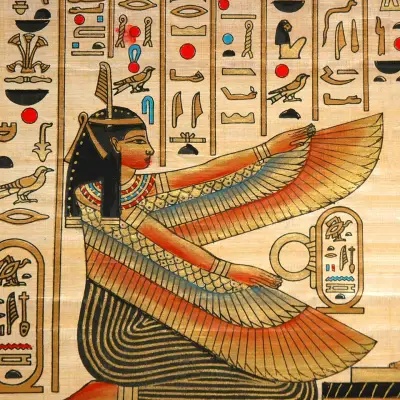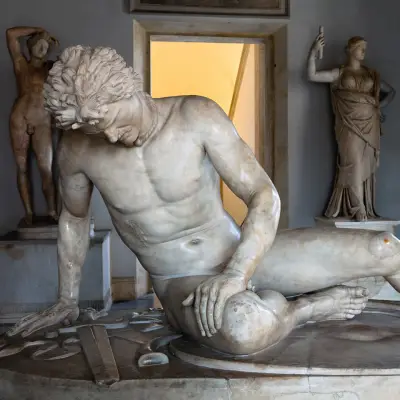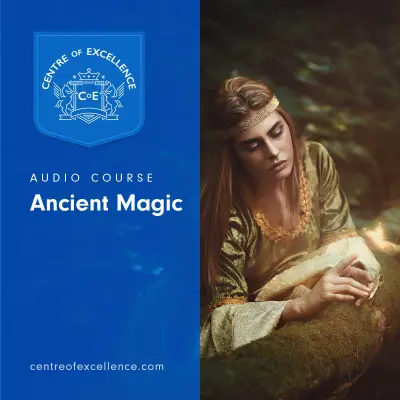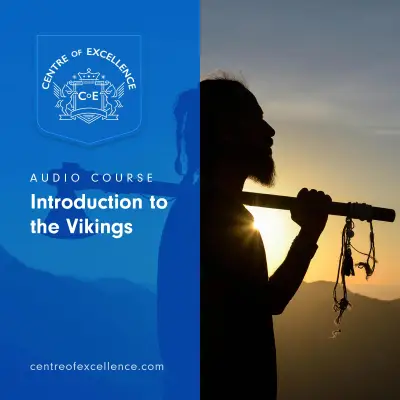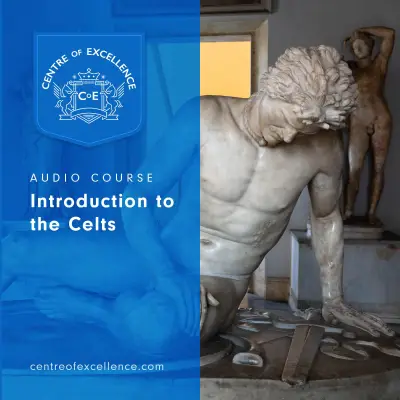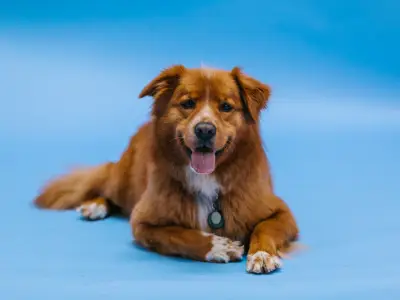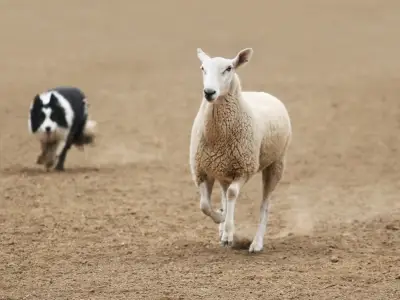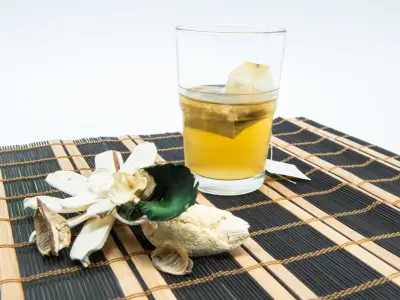If you’ve ever been captivated by ghost stories, intrigued by strange beings from ancient folklore, or drawn to the mysteries of distant cultures, then Japanese monsters—known collectively as yōkai—are likely to fascinate you. These Japanese mythological creatures are deeply woven into Japan’s cultural heritage, appearing in everything from ancient texts and regional tales to modern films, manga, and anime.
Japanese mythical creatures are as diverse as they are strange, ranging from mischievous spirits and supernatural animals to vengeful ghosts and enormous beasts. In this guide, you'll discover a collection of the most well-known, feared, and curious monsters in Japanese folklore, each with their own unique story and symbolism.
Jump to:
- What Are the Japanese Monsters Called?
- Futakuchi-onna – The Two-Mouthed Woman
- Oni – The Classic Demon
- Yuki Onna – The Snow Woman
- Kitsune – The Fox Spirit
- Tengu – The Bird-like Warrior
- Rokurokubi – The Stretching Neck
- Kappa – The River Trickster
- Jorōgumo – The Spider Woman
- Gashadokuro – The Giant Skeleton
- Kuchisake Onna – The Slit-Mouthed Woman
- Nurarihyon – The Slippery Old Man
- Tanuki – The Trickster Raccoon Dog
- Nure-onna – The Wet Woman
- Umibōzu – The Sea Monk
- Teke Teke – The Vengeful Spirit
- Nekomata – The Fork-Tailed Cat
- Yurei – The Vengeful Ghost
- Common Questions About Japanese Monsters
- Study Our Japanese History and Culture Diploma for £29
Recommended for you!
Best SellersWhat Are the Japanese Monsters Called?
Japanese monsters are known by various names depending on their characteristics. Yōkai is the most commonly used term and encompasses a wide variety of supernatural creatures. Other words you may encounter include mononoke (vengeful spirits), bakemono (shape-shifters), and kaiju (giant monsters). These beings have been part of Japanese culture for centuries, reflecting everything from natural disasters to human fears and moral lessons.
Here are 17 terrifying Japanese monsters and mythical creatures:
1. Futakuchi-onna – The Two-Mouthed Woman
Futakuchi-onna appears to be an ordinary woman, but she has a second mouth hidden on the back of her head. This mouth demands food and can speak independently. Often caused by greed or neglect, this condition is seen as a punishment or curse. She’s a striking symbol of hidden pain and duality.
2. Oni – The Classic Demon
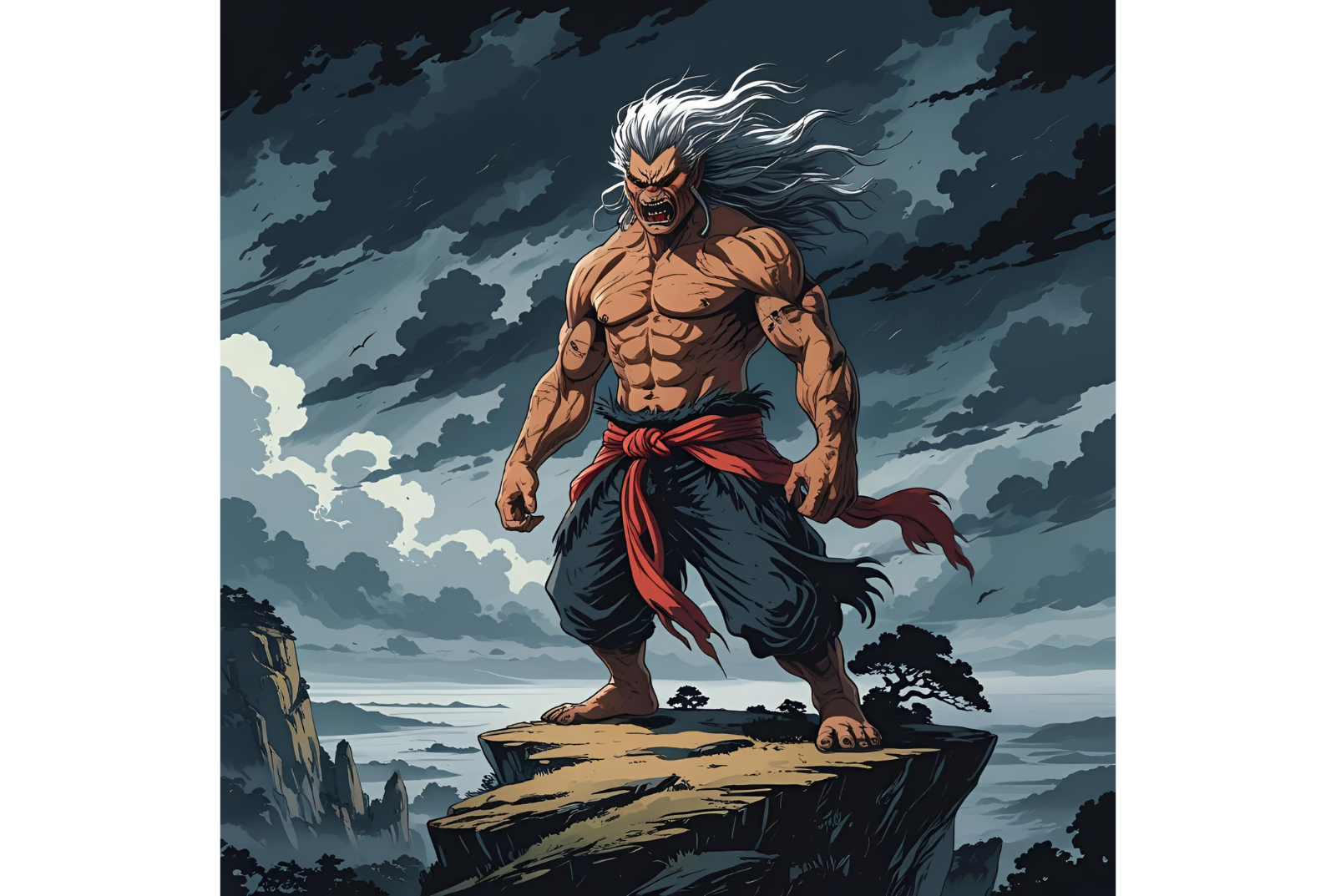
Oni are iconic Japanese monsters, often portrayed as towering, horned ogres with wild hair and menacing features. Typically red or blue, they carry heavy iron clubs and represent forces of destruction, chaos, and punishment. In some stories, oni are jailers of hell; in others, they torment humans during special festivals. One of the most famous legends involves Shuten-dōji, a powerful oni said to have kidnapped and devoured people before being defeated by legendary warriors. Stories of oni remind listeners of the consequences of bad behaviour and the presence of evil in the world.
3. Yuki Onna – The Snow Woman
Yuki Onna is one of the most haunting figures in Japanese folklore. Described as a tall, beautiful woman with long black hair and icy skin, she appears on snowy nights, often targeting lone travellers. She floats silently over the snow and can freeze people with her breath. In some tales, she spares those who show kindness or innocence, while in others, she is merciless. The snow woman is both a symbol of winter’s beauty and its danger, embodying the unpredictability of nature.
4. Kitsune – The Fox Spirit
Kitsune are magical foxes known for their intelligence and ability to shape-shift into human form, often as beautiful women. They’re deeply tied to the Shinto deity Inari, and fox statues can often be found at Inari shrines across Japan. Kitsune are known as protectors, but they can also be mischievous tricksters. Their darker counterpart, known as nogitsune, uses cunning and deception to manipulate and harm. As Japanese symbols of transformation and duality, kitsune highlight the balance between wisdom and mischief in Japanese mythology.
5. Tengu – The Bird-like Warrior
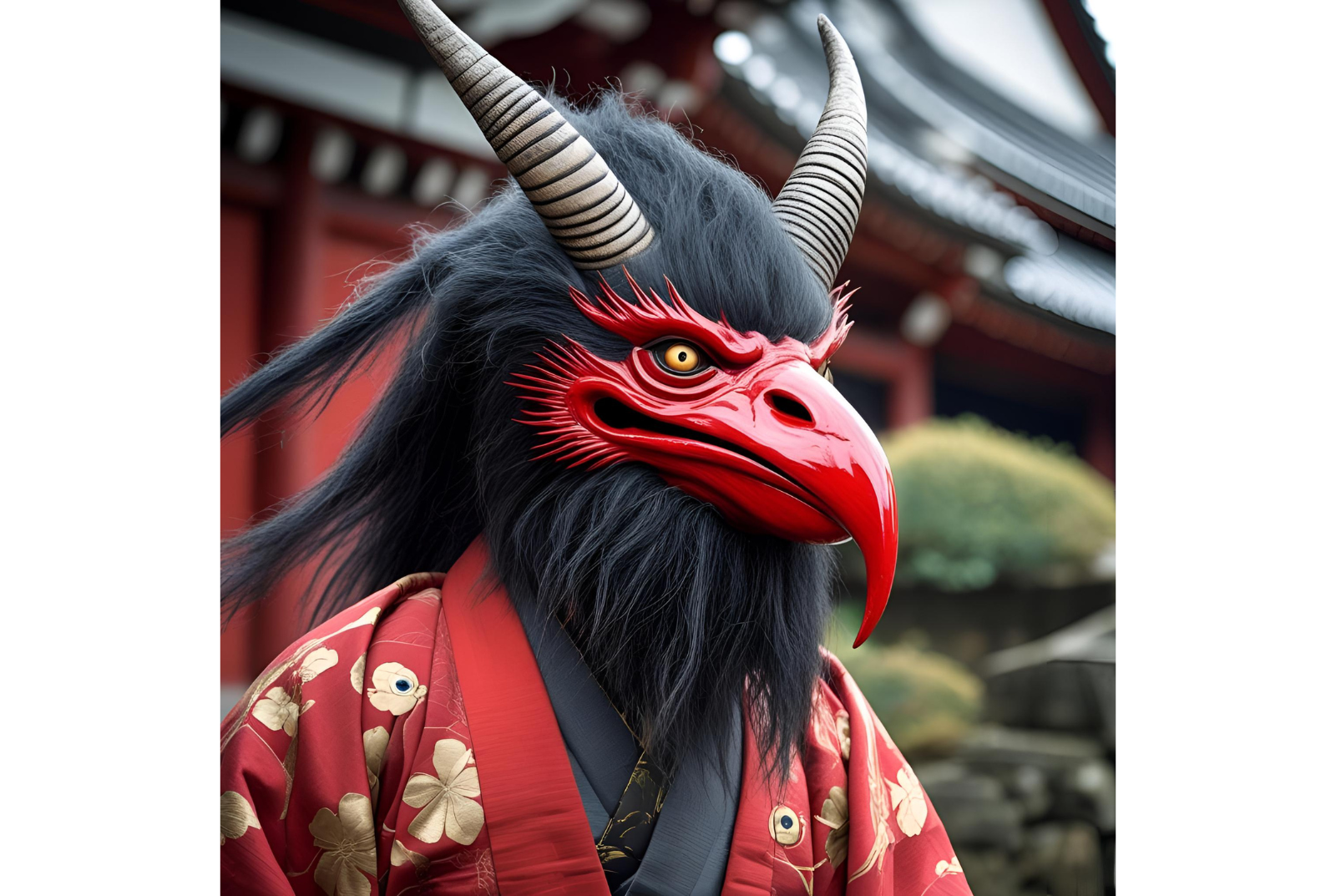
Tengu are powerful, mysterious creatures often depicted with red faces, long noses, or birdlike features. Originally thought to be evil, they evolved into more ambivalent figures—guardians of forests and mountains, as well as fierce martial artists. Tengu challenge the arrogant and teach humility, making them revered in both religious and military contexts. These legendary Japanese creatures serve as protectors of sacred places and are sometimes seen as fallen monks or spirits of warriors.
6. Rokurokubi – The Stretching Neck
Rokurokubi appear perfectly human during the day, but at night their necks stretch to unnatural lengths. They’re often portrayed as women who spy on or frighten others while they sleep. While some are mischievous, others are cursed souls, reflecting themes of hidden identity and suffering. Rokurokubi appear frequently in Japanese folklore, where they embody the idea that things are not always as they seem.
7. Kappa – The River Trickster
Kappa are amphibious creatures with scaly skin, webbed hands and feet, and a dish-like depression on their head that holds water, essential for their power. Found in rivers and lakes, kappa are infamous for pulling people underwater, especially children. Despite their darker nature, they’re also known for their sense of honour. If the water in their head spills, they become powerless, making them both dangerous and vulnerable. Kappa highlight the respect and fear traditional Japanese society holds for nature and its spirits.
8. Jorōgumo – The Spider Woman

Jorōgumo is a mythical creature with the body of a spider and the appearance of a beautiful woman. She lures unsuspecting men to her lair, where she reveals her true form and ensnares them in her web. This tale warns of seduction, deception, and hidden danger. Jorōgumo is among the most chilling examples of Japanese mythological creatures, blending allure with horror.
9. Gashadokuro – The Giant Skeleton
Made from the bones of people who died from starvation or in battle, Gashadokuro are enormous skeletal monsters that roam the night, crushing anything in their path. Their arrival is sometimes preceded by a ringing in the ears. These terrifying figures represent both physical and spiritual suffering. As death monsters in Japanese legend, they’re among the most visually striking and conceptually frightening of all Japanese mythical monsters.
10. Kuchisake Onna – The Slit-Mouthed Woman
Kuchisake Onna is a modern yōkai born of urban legend. She appears as a woman wearing a mask, asking passers-by if they think she’s pretty. If they respond poorly, or even if they respond positively, she removes her mask to reveal a mouth slit from ear to ear and attacks. This tale has circulated widely among Japanese schoolchildren and speaks to cultural anxieties around beauty, violence, and hidden intentions.
11. Nurarihyon – The Slippery Old Man
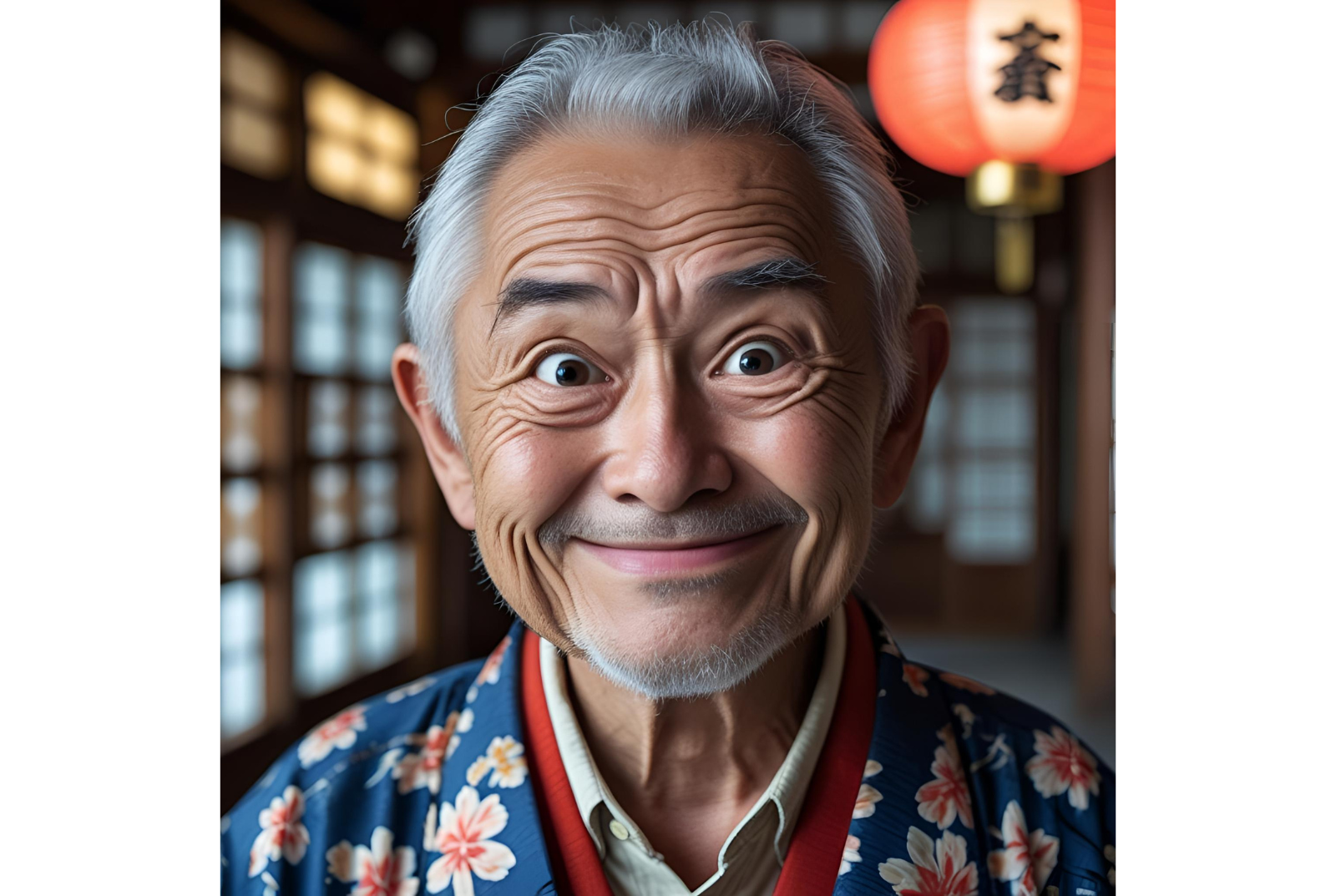
Nurarihyon appears as a harmless old man who sneaks into homes while the residents are away or distracted. He helps himself to food and drink, behaving as though he belongs. In some interpretations, he’s seen as the leader of the yōkai. Nurarihyon is more puzzling than terrifying and illustrates the more subtle, surreal aspects of Japanese mythical creatures.
12. Tanuki – The Trickster Raccoon Dog
Based on a real animal, the tanuki is a shape-shifting creature known for its playfulness and love of sake. Often portrayed with exaggerated features and a jovial expression, the tanuki transforms into people and objects, playing harmless pranks or teaching lessons. These legendary creatures offer comic relief in a world filled with more sinister beings and reflect themes of joy and abundance.
13. Nure-onna – The Wet Woman
Nure-onna combines the upper body of a woman with the lower body of a snake. She’s often seen near water, cradling what appears to be a baby. When someone tries to help, the baby becomes unbearably heavy, paralysing the victim while Nure-onna strikes. Her story warns of deceitful appearances and the dangers of misplaced sympathy.
14. Umibōzu – The Sea Monk
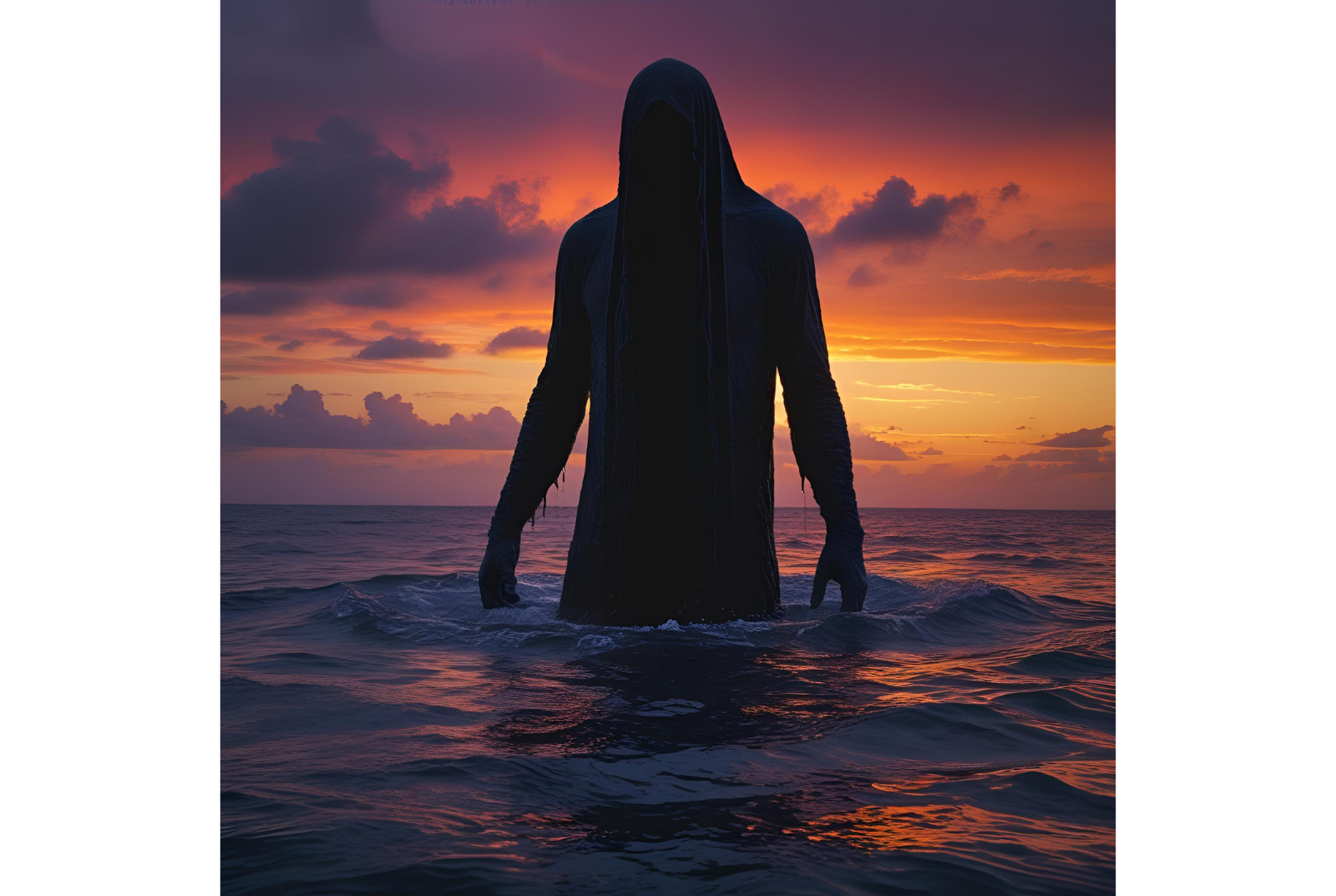
Umibōzu are enormous shadowy figures that rise from the ocean to destroy ships. Thought to be spirits of drowned monks, they are feared by sailors who believe that speaking to them brings doom. Umibōzu embody the unpredictability and danger of the sea and are among the most feared Japanese supernatural creatures.
15. Teke Teke – The Vengeful Spirit
Teke Teke is the ghost of a young girl who was cut in half by a train. Her spirit crawls rapidly with her arms, dragging her torso behind her and making a teke-teke sound. She’s said to chase victims and slice them in half, mirroring her own fate. This terrifying figure is a staple of modern Japanese myth monsters and taps into fears of death, trauma, and urban isolation.
16. Nekomata – The Fork-Tailed Cat
Nekomata are cats that have lived long enough to gain supernatural powers. They grow a second tail and stand upright, often controlling the dead or setting fires. These eerie beings symbolise the mysterious side of domestic animals and feature heavily in Japanese animal mythology.
17. Yurei – The Vengeful Ghost
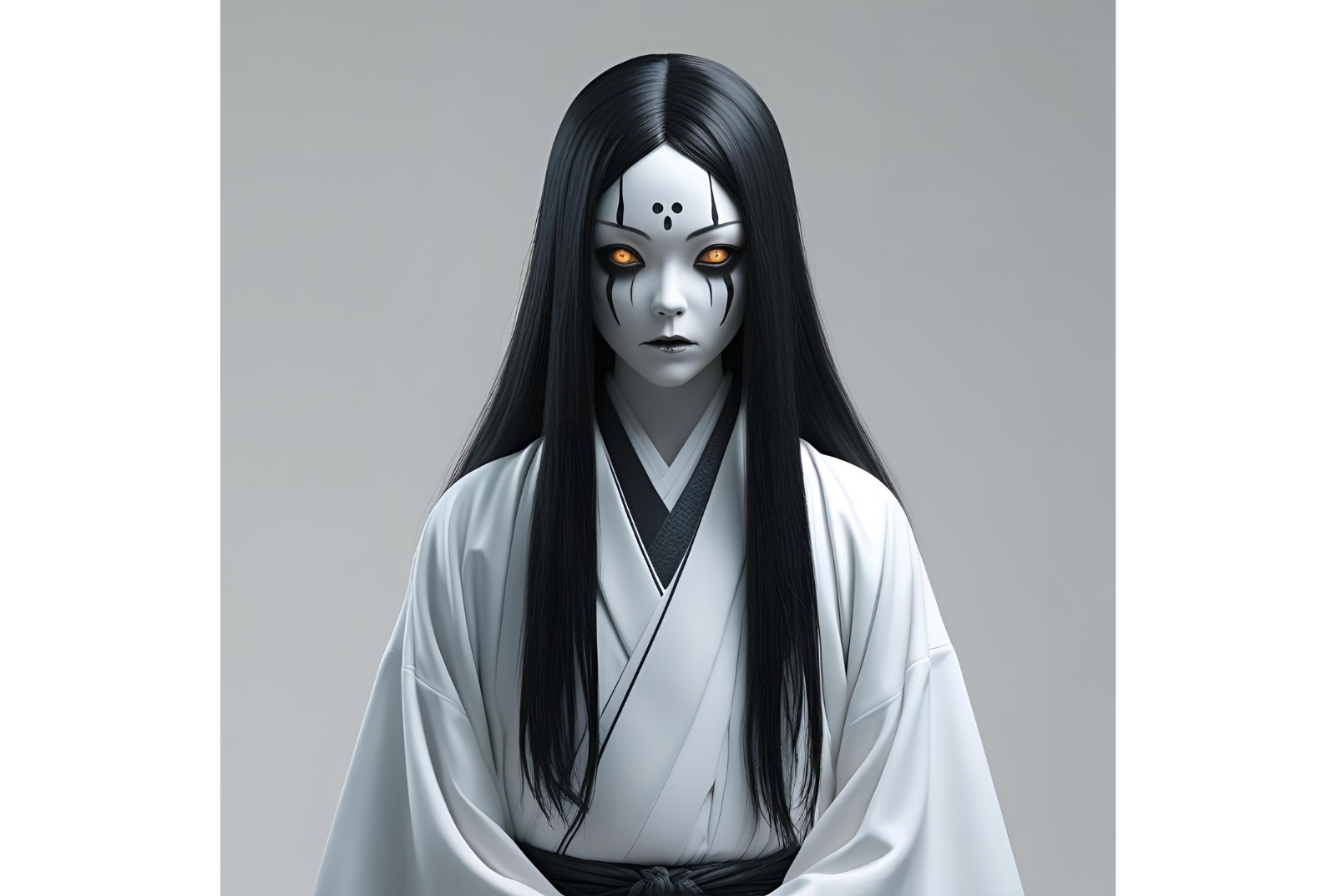
Yurei are spirits who cannot rest due to unresolved emotions or violent deaths. They’re typically depicted in white burial clothing with long black hair. Popular in ghost stories and films, yurei represent a soul’s torment and desire for justice. They serve as a cautionary tale about the consequences of wrongdoing and emotional neglect.
Recommended for you!
Best SellersCommon Questions About Japanese Monsters
What is the Strongest Monster in Japan?
Many would argue that Godzilla holds this title. While not a traditional yōkai, Godzilla is one of the most famous Japanese monsters worldwide. As a kaiju, or giant monster, he represents destruction, nuclear fear, and humanity’s fragile relationship with nature.
Are Yōkai Good or Bad?
Yōkai exist across a wide spectrum. Some are dangerous, others are protective, and many are simply misunderstood. What makes mythical creatures in Japan so fascinating is their complexity—they reflect human nature, societal values, and natural phenomena in a way that is both entertaining and thought-provoking.
What are Japan’s three great monsters?
Japan’s three great monsters are commonly considered to be the Oni, Tengu, and Kappa. These iconic figures appear frequently in Japanese myths and legends, each representing a different aspect of traditional folklore: power, mystery, and trickery. Their prominence makes them central to many tales passed down through generations.
What is the most popular Japanese monster?
While Godzilla is globally recognised thanks to his many film appearances, within the realm of traditional mythology, Kitsune and Oni are among the most popular. These creatures are deeply embedded in Japanese literature, theatre, and spiritual beliefs, making them enduring figures in the culture.
What is the scariest Japanese monster?
Several creatures compete for this title, but Kuchisake Onna and Teke Teke are often regarded as the scariest. Their origins in modern urban legends and the horrifying nature of their stories have made them favourites in Japanese horror. Traditional figures like Gashadokuro, with its massive skeletal form, are equally terrifying in a more mythological context.
What is a yōkai that eats humans?
Many yōkai are said to attack or consume people. Oni are perhaps best known for devouring their victims, often as a form of punishment. Another example is Jorōgumo, who lures unsuspecting prey before trapping and consuming them in her web. These monsters highlight the darker, more violent side of Japanese mythological creatures.
What is a soul reaper in Japanese folklore?
Known as shinigami, soul reapers are supernatural entities that guide people to the afterlife. While they don't have a strong presence in ancient Japanese mythology, they became more prominent in later literature and pop culture. Shinigami are associated with death and are sometimes portrayed as eerie yet neutral figures rather than purely evil.
What are the 100 demons in Japanese folklore?
This refers to the Hyakki Yagyō, or “Night Parade of One Hundred Demons.” According to legend, yōkai would gather and march through the streets at night in a terrifying procession. Encountering them was believed to be dangerous unless one was protected by magical scrolls or rituals.
Is Godzilla a yōkai?
Although Godzilla shares some qualities with yōkai—such as being a supernatural force of destruction—he is technically a kaiju, meaning a giant monster. His creation reflects more modern fears, particularly those relating to nuclear power and natural disasters, rather than traditional spiritual beliefs.
Study Our Japanese History and Culture Diploma for £29
If this topic has inspired you to explore more about Japan’s traditions, stories, and way of life, you can continue your learning with the Introduction to Japanese History & Culture Diploma Course from Centre of Excellence. It’s designed for curious learners of all backgrounds and offers rich insights into the customs and beliefs that shape Japan.
